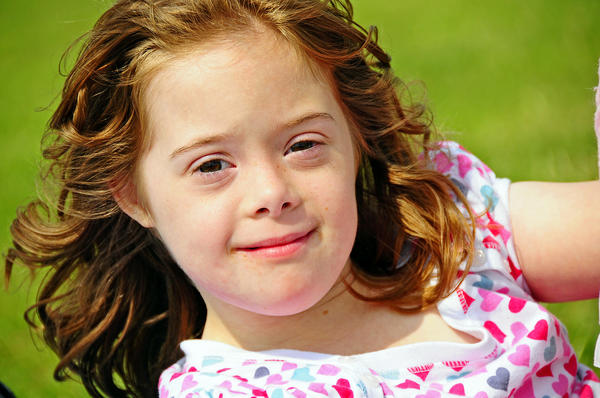Everybody is different, but, at the same time, we are equal, and we have something more or something less than somebody else. Today one baby out of 691 is born with something extra: it has an extra chromosome.
Growing up different, especially with something that most people don’t have, isn’t easy, but I like to repeat in all my posts that difficult doesn’t mean impossible.
When we talk about extra chromosome, Down syndrome or trisomy 21 come quickly to our mind. This syndrome is the most common behavioural and intellectual disability that characterises about 4 million people throughout the world.
What is Down syndrome?
Down syndrome is a genetic disorder caused by the presence of third copy of chromosome 21 which represents the cause of medical and clinical syndrome’s demonstrations.

Trisomy 21 is not a medical disease.
The condition leads to impairments in both cognitive ability and physical growth that range from mild to moderate developmental disabilities.
Fortunately the life expectancy is growing, and, today, a person with Down syndrome generally lives more than 50 years.
Are there common physical problems?
In numerous cases of trisomy 21, people are affected by heart diseases, thyroidal pathologies and visually impaired which need medical support but, in the majority of the cases, they do not undermine their life and growth.
We can recognize people with Down syndrome because of distinct physical characteristic:
- slanting eyes
- short neck and little nose
- small stature
- protruding tongue
Obviously sd people also look like their parent:
- Same hair colour
- Similar character
- Same expressions
- Same habits
- Same idols and passions
Down syndrome affects people of all countries in the world: all religion, ethnic and socio-economic groups.

When a baby with Down syndrome is born, we have to remember 4 key words:
- inclusion
- love
- potential
- independence
Inclusion is what it needs to live a beautiful life.
Love is the basis of life, and it is what a person with Down syndrome gives you like nobody else.
Potential is what the person has inside and it is something which is often not considered when we talk about people with trisomy 21.
Independence is what they are able to reach.
What can children with Down syndrome do?
A child with Down syndrome develops slower than other children, but it can achieve all the basic motor skills!
 In fact people with 21 trisomy can:
In fact people with 21 trisomy can:
- walk
- run
- speak
- play
- read
- study
- dream
- love
How can we organize an educational program?
Down syndrome doesn’t need “recovery” or compensation of a particular ability, but a good way to bring out all the potentials is to organize a global educative system.
If your child does something wrong you don’t have to think that the mistake is caused by Down syndrome.
We have to stimulate it like everybody else but in a more intensive way.
In the first year you can help your baby using, for example, coloured toys and you can interact with it telling stories and using visual communication.
The relationship is very important for people with Down syndrome. They have so much love inside that you cannot imagine if you don’t know people like them.
Speech therapy, physiotherapy and special aid teacher can guarantee the permanence of sd child in a school class with normal students.
Remember how important school is!!
Traditional School is better than many medicines, particularly with disabled children.
For example preschool is an enrichment for sd baby and for his family as well.
All the children with Down syndrome need to recognize and have different people with particular educational role: mom, dad, grandpa, teacher, friends.
If an sd child has different experiences in society everyday, it will easily understand the rules of living together.
Simple but operative exercises:
- To focus its attention for example at dinner, you can keep the spoon close, in front of the child’s eyes, helping it to repeat what you are going to do – later on its own.
- Give an sd child examples and encourage it to do things: wash your hands, showing a child how to do it, do it together and then repeat this action many times. Finally, it will understand how and when to do it all alone.
- Raise their self confidence! They need to feel appreciated to do the best.
- Have the same approach with an sd child like you have with everybody else. Don’t be scared.
- If it doesn’t have particular pathologies, one of the best way to grow up is sport.
There is one of the most instructive examples of inclusion in Serbia, thanks to rugby. Watch this video showing a magical way to include people with Down syndrome and how many things they are able to do!
References:
- http://www.cbdown.it/index.php/sindrome-di-down/storia/17-storia
- http://www.worlddownsyndromeday.org/italy
- http://www.aipd.it/cms/files/Educazione_libretto_3_AIPD.pdf
- http://www.seeandlearn.org/en-gb/
- http://www.dsaco.net/faq

















